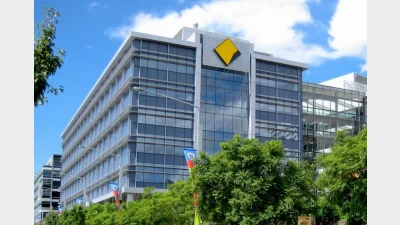Industry funds dominate rollovers
Tougher times appear to have impacted on the willingness of Australians to utilise the Government's superannuation co-contribution regime, according to the latest data released by the Australian Prudential Regulation Authority (APRA).
The APRA data covering the June quarter revealed that while member contributions accounted for $24.3 per cent or $5.6 billion in total contributions for the period, other contributions such as spouse contributions and government co-contributions accounted for just 1 per cent of total contributions to be worth $238 million for the three-month period.
Despite this, total estimated superannuation assets in Australia increased by 6.4 per cent to $1.08 trillion for the quarter, although they declined by 5.7 per cent over the 12-month period.
While self-managed superannuation funds (SMSFs) and retail funds continued to hold the largest proportion of assets for the quarter, industry funds emerged as the major beneficiaries where rollovers were concerned.
The APRA data revealed that industry funds had received $311 million of net rollovers compared to $70 million for retail funds.
Recommended for you
Introducing reforms for strengthening simpler and faster claims handling and better servicing for First Nations members are critical priorities, according to the Super Members Council.
The Commonwealth Bank has warned that uncapped superannuation concessions may be “unsustainable” and has called for the introduction of a superannuation cap.
Superannuation funds have posted another year of strong returns, but this time, the gains weren’t powered solely by Silicon Valley.
Australia’s $4.1 trillion superannuation system is doing more than funding retirements – it’s quietly fuelling the nation’s productivity, lifting GDP, and adding thousands to workers’ pay packets, according to new analysis from the Association of Superannuation Funds of Australia (ASFA).









